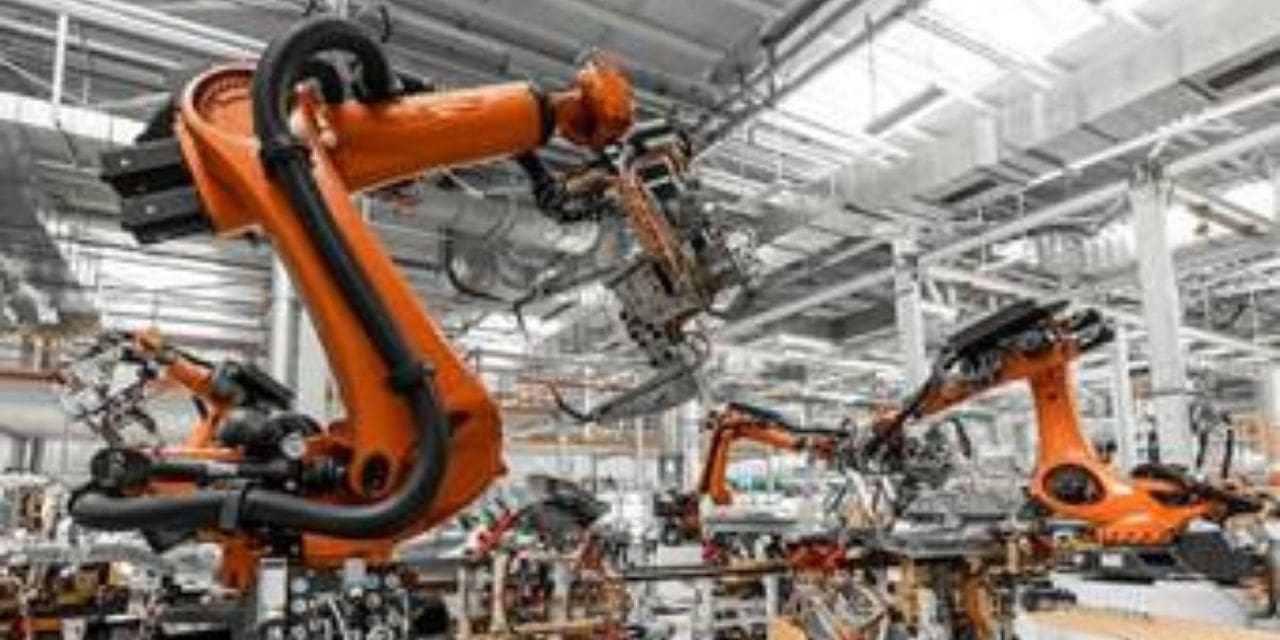The economic environment around the manufacture, distribution, and use of industrial robots is referred to as the “industrial robotics market”. Specialized automated systems created for a range of industrial and manufacturing purposes are known as industrial robots. These programmable robots can do jobs with accuracy and efficiency, frequently in settings that pose a risk to human workers.
The industrial robotics market is set to undergo a seismic transformation, reaching unprecedented heights with a forecasted Compound Annual Growth Rate (CAGR) of 12.7%. Projections indicate a remarkable surge from its 2023 value of US$36.7 billion to an impressive US$84.7 billion by the end of 2030.
Unveiling the Dynamics of Industrial Robotics Market
The industrial robotics sector, encompassing a diverse range of automated systems engineered for manufacturing and industrial applications, is gearing up for a revolutionary shift. These cutting-edge robotic systems, armed with artificial intelligence and machine learning capabilities, are poised to redefine manufacturing environments globally.
Market Introduction and Definition: Unlocking the Potential of Industrial Robotics
Industrial robotics is not just about automation; it represents a paradigm shift in manufacturing processes. These programmable robots, designed for precision and efficacy, are changing the game in industries such as healthcare, electronics, automotive, and more. As Industry 4.0 reshapes operational procedures, industrial robots are becoming smarter, adapting to dynamic production demands.
Market Growth Drivers:
Widening Focus on Enhanced Operational Efficiency: The relentless pursuit of operational efficiency is propelling the need for automation. Industrial robots, through their precision and speed, not only enhance productivity but also reduce errors and cut production costs.
Technological Advances and Industry 4.0: The integration of digital technologies into operational processes, part of the Industry 4.0 revolution, is fueling the demand for sophisticated robotic systems. Artificial intelligence, data analytics, and the Internet of Things are becoming integral components of industrial robots, ensuring real-time monitoring and control.
Collaboration between Humans and Robots: The market is witnessing a surge in collaboration between humans and robots. Collaborative robots, or cobots, are working alongside human workers, optimizing processes, reducing fatigue, and improving workplace safety.
Market Restraints:
Prohibitive Costs and Programming Challenges: Despite their numerous advantages, industrial robots pose challenges related to their costs and complex programming demands. The initial capital outlay, coupled with expenses for personnel training and system integration, can be a hindrance for some organizations.
Opportunities:
Collaboration for Enhanced Efficiency: The increasing focus on collaboration between humans and robots presents new opportunities for efficiency and adaptability. Collaborative robots, known as cobots, are finding applications in healthcare, manufacturing, and logistics, optimizing processes and enhancing workplace safety.
Analyst’s Viewpoint: The Future of Industrial Robotics
As the market gears up for substantial expansion, manufacturers are not only focusing on cutting-edge hardware but also offering comprehensive solutions. The shift towards a collaborative approach, encompassing intuitive programming and user-friendly interfaces, fosters enduring relationships with customers and positions manufacturers as strategic allies in the automation journey.
Top Regional Markets: North America at the Helm
North America is poised to maintain leadership in the industrial robotics market, driven by extensive automation implementation, robust R&D investments, and government initiatives. South Asia and Oceania are emerging as hotspots for rapid market expansion, driven by industrialization, rising automation adoption, and increased demand in sectors such as manufacturing, electronics, and automotive.
Competitive Intelligence and Business Strategy: Industry Titans Leading the Way
Prominent industry players, including KUKA AG, Fanuc Corporation, ABB Ltd., and Yaskawa Electric Corporation, are at the forefront of technological innovation. These industry leaders shape the market through ongoing innovation, strategic partnerships, and substantial investments in research and development.

